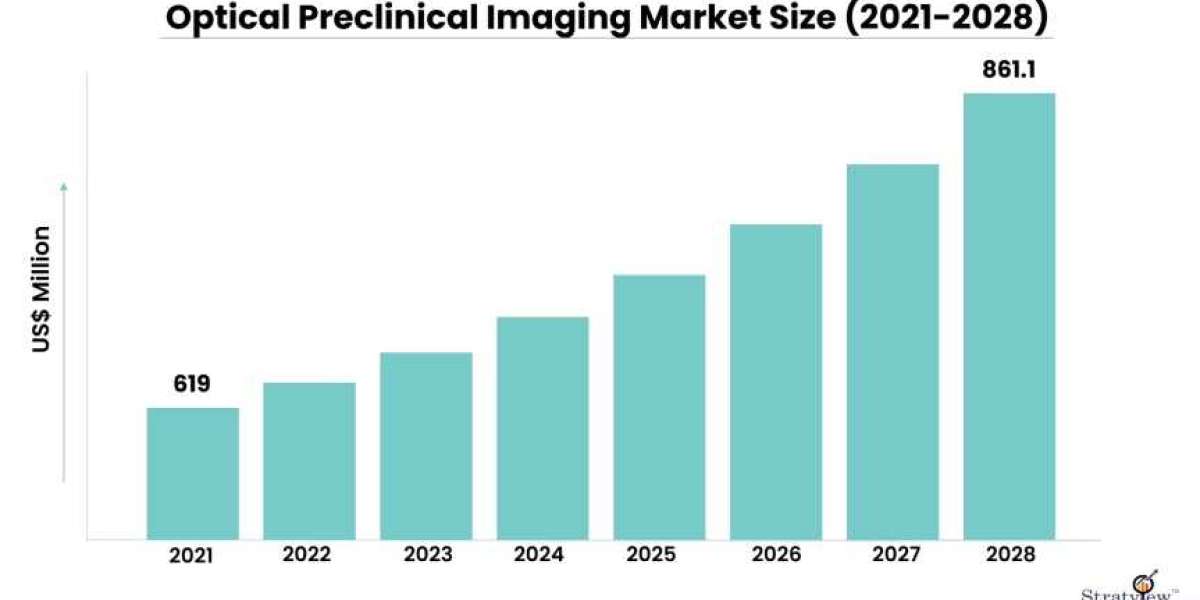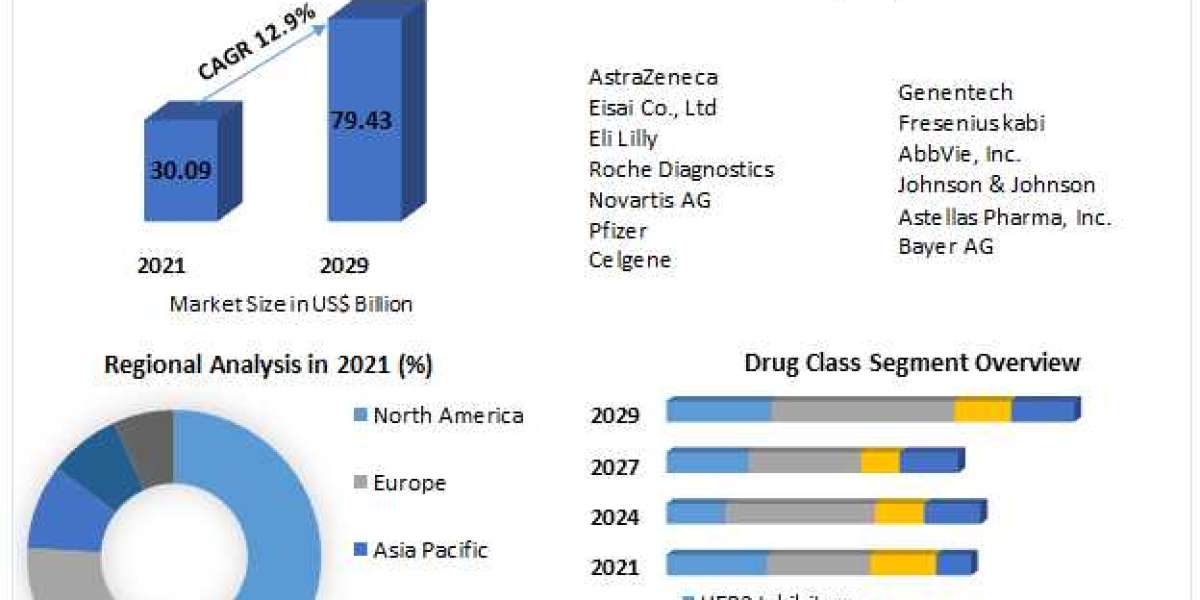The optical preclinical imaging market is witnessing a transformative shift driven by a host of emerging trends. These trends are reshaping the industry and offering new opportunities for growth and innovation. In this article, we will explore some of the key emerging trends in the optical preclinical imaging market.
- Multimodal Imaging: One of the most prominent trends in optical preclinical imaging is the integration of multiple imaging modalities. Researchers are now combining optical imaging techniques with other imaging methods such as MRI, CT, and PET to provide a more comprehensive view of preclinical models. This multimodal approach enhances the accuracy and depth of information obtained, making it a valuable tool for understanding complex biological processes and disease mechanisms.
- 3D Imaging: Three-dimensional imaging is becoming increasingly important in preclinical research. Conventional 2D imaging has limitations, and 3D imaging techniques, including optical coherence tomography (OCT) and 3D fluorescence imaging, are gaining popularity. These techniques allow for better visualization of tissue structures, tumor growth, and the distribution of therapeutic agents in a three-dimensional context, which is crucial for understanding disease progression and treatment efficacy.
- Artificial Intelligence (AI) Integration: AI is revolutionizing many industries, and preclinical imaging is no exception. AI algorithms are being integrated into optical preclinical imaging to enhance image analysis, image reconstruction, and data interpretation. AI can assist researchers in identifying subtle patterns and anomalies that may not be easily discernible through traditional methods, thus saving time and improving the accuracy of preclinical studies.
- Advanced Molecular Imaging: Molecular imaging is advancing rapidly in preclinical research. Researchers can now use optical imaging to track and visualize specific molecules, proteins, and genetic markers in living organisms. This capability is invaluable for understanding the underlying mechanisms of diseases and evaluating the effects of potential therapies on a molecular level.
- Real-time Imaging: Real-time imaging has become a game-changer in preclinical research. With the development of high-speed and high-resolution optical imaging systems, researchers can now capture dynamic processes in real time. This is particularly important for studying fast physiological changes, such as blood flow, cell migration, and drug delivery, and for assessing the immediate impact of experimental treatments.
- Targeted Imaging Agents: The emergence of novel, targeted imaging agents is another noteworthy trend. These agents, often combined with nanoparticles or antibodies, enable highly specific and sensitive imaging of particular biomarkers or cell types. This allows for precise diagnosis and monitoring of diseases, making it a valuable tool in the development of targeted therapies.
In conclusion, according to a report by Stratview Research, the Optical Preclinical Imaging Market was estimated at US$ 619 million in 2021 and is expected to grow at a CAGR of 4.8% during 2022-2028 to reach US$ ~861.1 million in 2028.
The optical preclinical imaging market is evolving rapidly, driven by these emerging trends. The combination of multimodal imaging, 3D imaging, AI integration, advanced molecular imaging, real-time imaging, and targeted imaging agents is expanding the possibilities for researchers. As these trends continue to mature, they will undoubtedly contribute to our understanding of diseases, the development of new treatments, and the growth of the optical preclinical imaging market. Researchers and industry stakeholders must stay attuned to these trends to harness their full potential for the betterment of science and healthcare.







